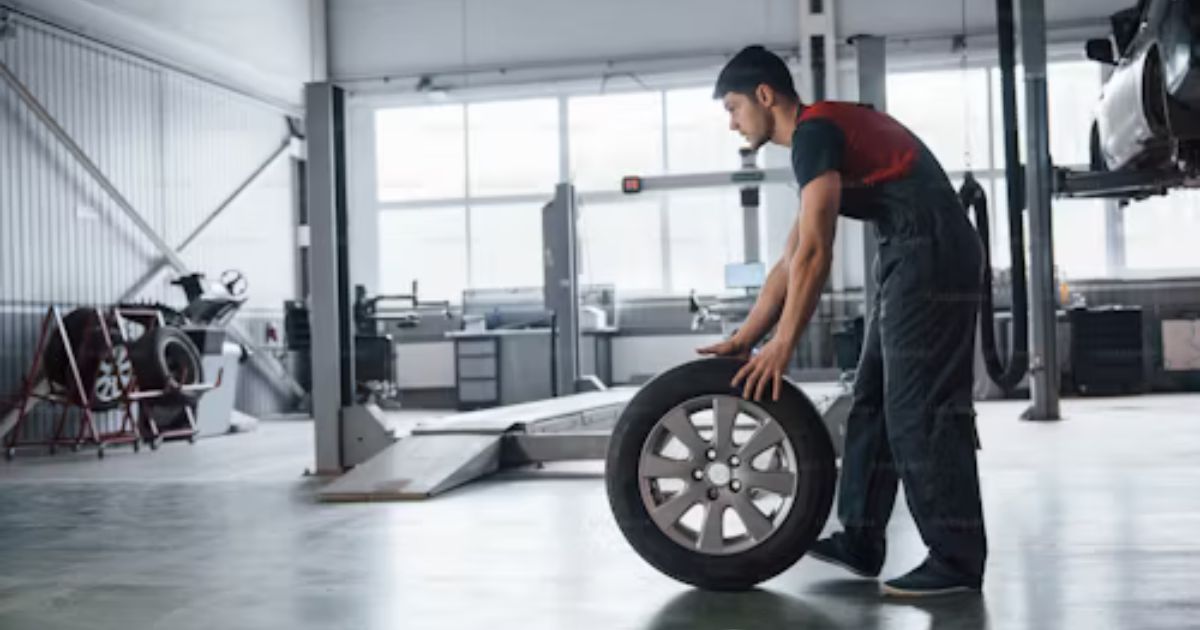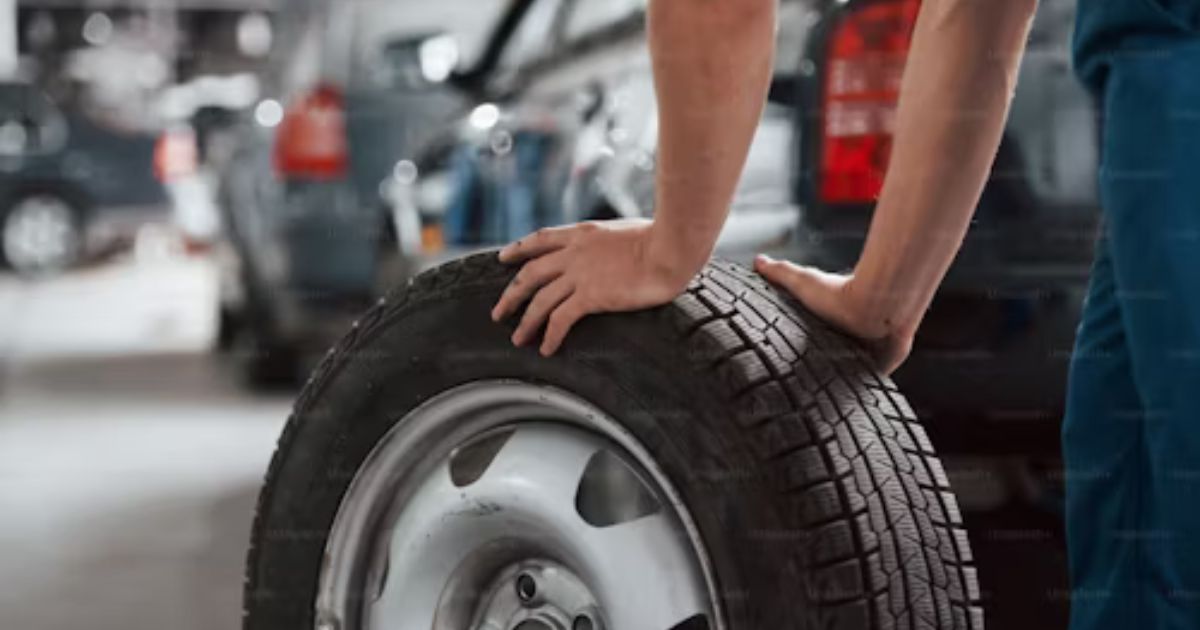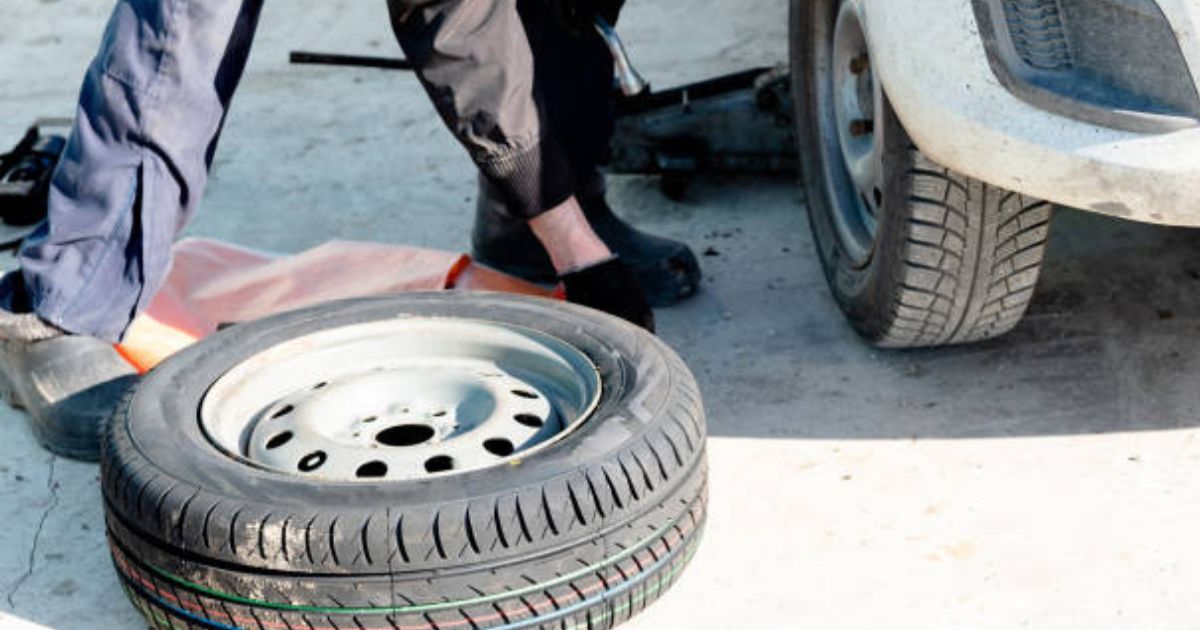How fast can you go on a spare tire, Driving with a flat tire is frustrating, but thankfully, most cars come equipped with a spare tire. However, spare tires are not designed for long-term use or high-speed driving. Understanding how fast you can safely go on a spare tire is crucial for your safety and the well-being of your vehicle. This article will guide you through the essentials of using a spare tire, focusing on speed limits and safe driving practices.
How Fast Can You Go On a Spare Tire?
When you get a flat tire, it’s tempting to put on the spare and keep going as if nothing happened. But understanding the limits of your spare tire is crucial for your safety and the longevity of your vehicle. Let’s dive into the details of how fast you can go on a spare tire and why it matters.
Understanding the Purpose of Spare Tires
Spare tires are your backup plan for those unforeseen moments on the road when a tire gives out. They’re not meant to replace your regular tires for the long haul but to get you to a safe place where you can fix or replace the damaged tire. Knowing how to use them correctly can save you from further trouble.
Importance of Knowing Speed Limits on Spare Tires
Driving on a spare tire isn’t like driving on your regular tires. They are designed differently and have specific speed and distance limitations. Ignoring these guidelines can lead to dangerous situations, so it’s essential to know and respect these limits.
Types of Spare Tires
Full-Size Spare Tires
A full-size spare is a tire that matches the other tires on your vehicle in size and performance. It’s like having a fifth tire that you can use without major restrictions, although it might not be identical in tread pattern or brand.
Compact (Donut) Spare Tires
Compact spares, often called “donuts,” are smaller and lighter than regular tires. They’re designed to save space and weight but have strict limitations on how fast and how far you can drive on them.
Spare Tire Speed Limits
| Type of Spare Tire |
Recommended Speed Limit
|
| Donut Spare (Space-Saver Spare) |
50 mph (80 km/h)
|
| Full-Size Spare |
Same speed as your regular tires (check your owner’s manual)
|
Manufacturer Recommendations
General Speed Limits for Spare Tires
Most car manufacturers recommend not exceeding 50 mph (80 km/h) on a compact spare tire. Full-size spares generally have higher speed capabilities but still should be used cautiously until you can replace or repair your damaged tire.
Where to Find Speed Limit Information
You can find the recommended speed limits for your spare tire in your vehicle’s owner’s manual or on the tire itself. Some spares have the speed limit printed directly on them.
Why Speed Limits Matter
Safety Concerns
Driving too fast on a spare tire can compromise your vehicle’s handling and stability. Spare tires, especially compact ones, aren’t built to handle high speeds or sharp turns like regular tires.
Mechanical Limitations
Spare tires are made from different materials and have different constructions compared to regular tires. They can overheat and wear out quickly if pushed beyond their designed limits.
Full-Size Spare Tires
Speed Capabilities
Full-size spare tires can often be driven at normal highway speeds, but it’s still wise to avoid pushing them too hard, especially if they’re older or have different tread patterns from your regular tires.
Usage Guidelines
Even though they are full-size, spares should still be used as a temporary solution. Regular tire maintenance and replacement should be done as soon as possible.
Compact (Donut) Spare Tires
Speed Limitations
Compact spares are not designed for high speeds. Stick to a maximum of 50 mph (80 km/h) and drive as smoothly as possible to avoid putting extra stress on the tire.
Duration of Use
Donut spares are intended for short distances – typically no more than 70 miles (113 km). They’re a temporary fix to get you to a tire shop, not a long-term replacement.
Risks of Exceeding Speed Limits
Tire Blowouts
Driving too fast on a spare tire increases the risk of a blowout, which can be dangerous, especially at high speeds.
Reduced Handling and Stability
Spare tires don’t provide the same level of control as regular tires. Exceeding speed limits can make your vehicle harder to handle, especially in emergency situations.
Factors Affecting Safe Speed on Spare Tires
Road Conditions
The condition of the road plays a significant role in how your spare tire performs. Rough or uneven surfaces can strain the spare tire more than smooth highways.
Vehicle Weight and Load
The weight of your vehicle and any extra load you’re carrying can affect the spare tire’s performance. Heavier loads put more pressure on the tire, making it even more critical to adhere to speed limits.
How to Safely Drive on a Spare Tire
Steps to Take After Installing a Spare Tire
Check Tire Pressure: Ensure the spare tire is properly inflated.
Secure the Flat Tire: Store the damaged tire securely in your vehicle.
Adjust Driving Speed: Follow the recommended speed limits for your spare tire.
Maintaining a Safe Speed
Stick to the advised speed limit, and avoid sudden acceleration or braking. Drive cautiously and plan your route to the nearest tire repair facility.
When to Replace a Spare Tire
Signs of Wear and Tear
Check your spare tire regularly for signs of aging or damage. Look for cracks, uneven wear, or any punctures that could compromise its integrity.
Recommended Replacement Intervals
Even if unused, spare tires should be replaced every 6 to 10 years. Rubber degrades over time, even if the tire hasn’t been on the road.
Common Misconceptions
Myths About Spare Tire Capabilities
Some believe that a spare tire, especially a full-size one, can be used indefinitely. This is not true. Spares are for temporary use until you can get a proper replacement.
Clarifying Common Confusions
Another misconception is that you can drive at regular speeds on a compact spare. Always stick to the lower speed limits to avoid accidents and further tire damage.
Real-World Experiences
Driver Testimonials
Many drivers have stories of getting stranded due to flat tires. The key takeaway from these stories is the importance of knowing and respecting your spare tire’s limitations.
Common Issues Faced
Drivers often face issues like reduced traction or handling when using spare tires. These experiences highlight why it’s essential to drive carefully and replace spares promptly.
Emergency Preparedness
What to Carry in Your Car
Always have a spare tire, jack, and lug wrench in your vehicle. Consider adding a tire repair kit and an air pump for extra safety.
Regular Tire Checks
Regularly check the condition of all your tires, including the spare. Ensure they are properly inflated and from damage.
Legal Implications
Traffic Laws Related to Spare Tires
Some jurisdictions have specific laws regarding the use of spare tires, especially compact ones. Make sure you’re aware of any regulations in your area.
Consequences of Ignoring Speed Limits
Ignoring speed limits on spare tires can lead to fines or penalties if you get caught by law enforcement. More importantly, it increases your risk of accidents.
Driving on a spare tire is not as straightforward as it might seem. Knowing the type of spare you have, adhering to recommended speed limits, and understanding the potential risks are all crucial for safe driving. Always treat spare tires as a temporary solution and replace them with a proper tire as soon as possible to ensure your safety on the road.







